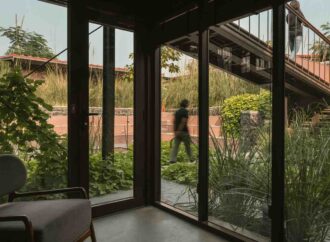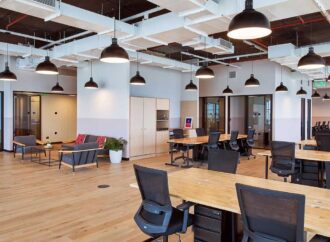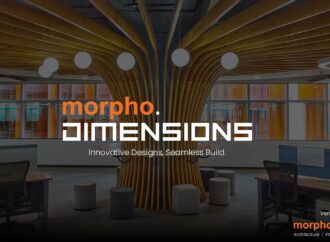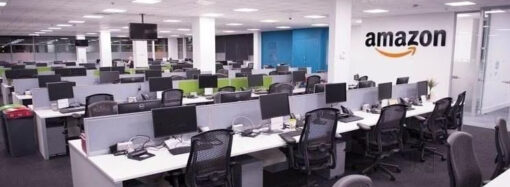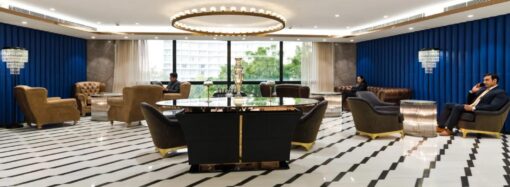The hyperflex revolution is reshaping office spaces, emphasizing agility, collaboration, and cost efficiency. Co-working hubs enable remote teamwork, adaptability, and access to premium amenities, redefining traditional work environments. Explore how these flexible spaces enhance productivity and innovation.
The pandemic altered the corporate environment, forcing companies to reconsider their personnel management strategies. Co-working is one of these game-changing alternatives, where agility and flexibility have formed the foundation of these new office spaces. These workplaces enabled many businesses to decentralise and adopt a hub-and-spoke model, utilising central operations and physical workspaces while reducing the number of employees required on-site. According to Mordor Intelligence, co-working spaces in India are expected to grow at a rate of 7.05% in the period of 2024-2029, and the market is predicted to reach its value of $3.04 billion by 2029 from the estimated value of $2.15 billion in 2024.
The pandemic caused significant changes to the old corporate office-centric model, which was long thought to be the cornerstone of professional life and the space for professionals to grow. That being said, post-pandemic, a significant shift in business culture has begun with the realisation that remote work can be productive and effective. The main driver for the rise of the hybrid working model is the ability of these workers to attain work-life balance and the potential for cost savings on commuting. In addition it also helped the companies to optimise their real estate costs. However, the transition is the consequence of more than merely adjusting to challenges; it is also a planned response to the changing characteristics of the modern professional environment. Those who benefited from working remotely during the pandemic are unwilling to give up their advantages at this point. According to Mordor Intelligence, within the previous 12 months, over 47% of respondents were seen to opt for a more flexible approach.
Here’s a look at how co-working spaces are changing the way people perceive offices-
Fostering Remote Collaboration
Collaboration becomes possible even for employees working remotely. With dedicated meeting and conference rooms in mind, as well as high-speed internet, these hyperflex offices become working grounds for seamless virtual meetings and project collaboration. Furthermore, remote teams can have the ability to communicate effectively, no matter where they are, and utilise the ease and flexibility of the infrastructure provided by coworking spaces.
Adaptable Spaces
Coworking spaces flexibly adapt themselves as per business dynamics and changing team structures. With the utilisation of movable partitions and adjustable furniture, they efficiently support the influences of different work methodologies. Thus, through the development of agile collaborative environments, co-working spaces offer businesses and jobseekers an opportunity to cope with the rapidly changing landscape of modern work.
Cost Efficiency and Scalability
Office setups become more cost-effective with co-working spaces as an alternative to conventional office models. These hubs are vital, as not only do they reduce expenses such as rent, utilities, and maintenance, but they also enable businesses to utilise resources in a more efficient way. Additionally, they provide a flexible workspace arrangement with the ability to change the area as needed, thus lowering operational costs. This financial flexibility harmonises well with Hyperflex Revolution’s concept, which is all about dynamic and streamlined workplace management.
Amenities in Co-working Environments
Co-working spaces provide a means of accessing important facilities and services, such as high-speed internet, common spaces and shared food and beverage facilities. These facilities help companies reduce their setup costs significantly. On top of that, many co-working solution providers would even go a mile further by providing a workspace that is tailored according to the business requirements, called private managed offices.
Flexibility Redefined in Co-working Spaces!
The hyperflex revolution has paved the way for co-working spaces to become frontrunners in modern workspace amenities. Having the main focus on remote collaboration, adaptability, cost efficiency, and amenities, these co-working spaces redefine traditional offices and work environments. Furthermore, with businesses adapting to the new normal, co-working spaces remain the preferred option as they enhance productivity, innovation, and collaboration in the constantly evolving professional world.



